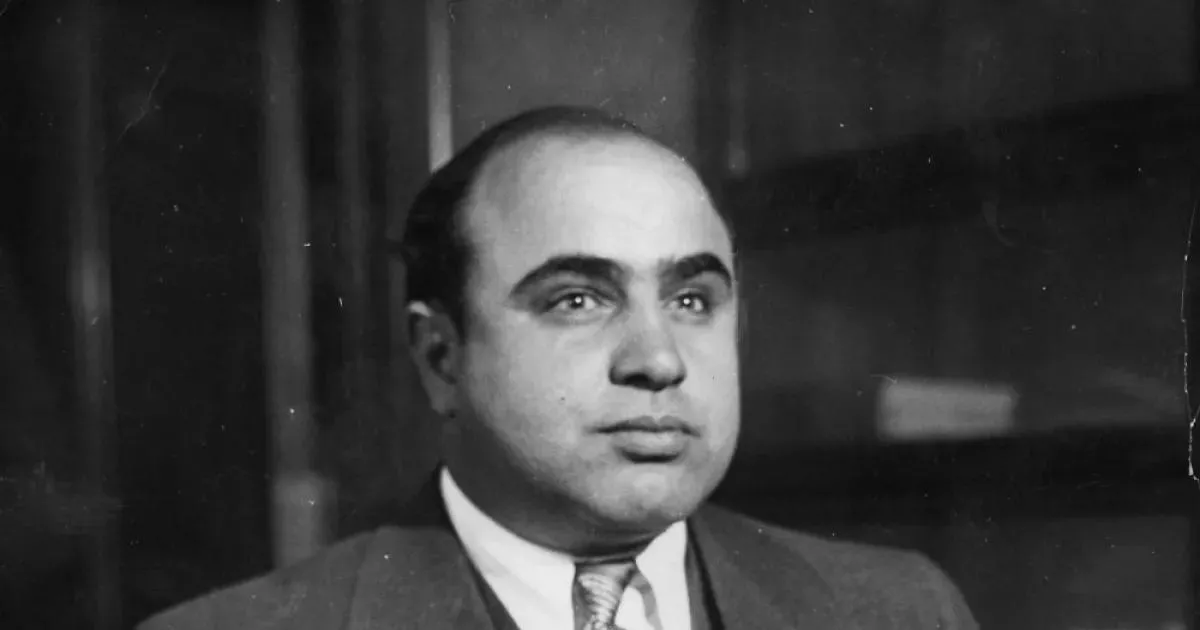Controversies are a part of history. Explore the biggest scandals linked to Al Capone.
Alphonse "Scarface" Capone was a notorious American gangster and businessman. He rose to infamy during the Prohibition era as the boss of the Chicago Outfit from 1925 to 1931. Capone's criminal empire thrived for seven years until his imprisonment at the age of 33, marking the end of his reign as a powerful crime boss.
May 11, 1920: Murder of James "Big Jim" Colosimo
On May 11, 1920, crime boss James "Big Jim" Colosimo was murdered, and Al Capone was suspected of involvement in the crime.
May 8, 1924: Joe Howard Killed
On May 8, 1924, hijacker Joe Howard was killed after he attempted to interfere with the Capone-Torrio bootlegging business.
November 10, 1924: Murder of Dean O'Banion
On November 10, 1924, Dean O'Banion, leader of the North Side Gang, was murdered at his flower shop. The murder was arranged by Johnny Torrio, leading to a gang war with the North Siders.
November 1925: Lombardo Heads Unione Siciliana
In November 1925, Antonio Lombardo, Al Capone's consigliere, was named head of the Unione Siciliana. This angered Joe Aiello and led to a feud with Capone.
September 20, 1926: Attack on Capone's Headquarters
On September 20, 1926, the North Siders attacked Al Capone's headquarters at the Hawthorne Inn using Thompson submachine guns and shotguns. Capone was unhurt.
1926: NY Times Connects Capone to McSwiggin's Murder
In 1929, The New York Times connected Al Capone to the 1926 murder of Assistant State Attorney William H. McSwiggin.
January 1927: Kidnapping and Murder of Hawthorne Restaurant Owner
In January 1927, the owner of Hawthorne's restaurant, a friend of Capone, was kidnapped and killed by Bugs Moran and Vincent Drucci.
May 28, 1927: Attack on Aiello's Bakery
On May 28, 1927, Al Capone's men attacked Joe Aiello's bakery on West Division Street with machine-gun fire, wounding Aiello's brother Antonio. This attack was in response to Aiello's plot to poison Capone.
November 1927: Aiello's Failed Ambush Attempt
In November 1927, Joe Aiello organized machine-gun ambushes targeting Antonio Lombardo and Al Capone, but the plans were foiled by an anonymous tip. Aiello was later arrested but released with a police escort.
1927: Aiello's Bounty on Capone
During the summer and autumn of 1927, Joe Aiello offered a $50,000 bounty to anyone who eliminated Al Capone. Numerous hitmen tried to collect, but all failed and were killed.
1927: Thompson's Mayoral Victory
In 1927, Republican mayoral candidate William Hale Thompson won the election, allegedly with a $250,000 contribution from Al Capone. Thompson campaigned on a platform of not enforcing Prohibition.
April 10, 1928: Pineapple Primary Bombings
On April 10, 1928, during the Pineapple Primary, voting booths were targeted by James Belcastro, Capone's bomber, resulting in at least fifteen deaths. The bombings targeted wards where Thompson's opponents had support.
February 14, 1929: Saint Valentine's Day Massacre
On the morning of February 14, 1929, Capone's men, disguised as police officers, executed the Saint Valentine's Day Massacre at Moran's headquarters on North Clark Street. The massacre resulted in public outrage and damaged Capone's image.
May 1929: Plot uncovered by Frank Rio
In May 1929, Frank Rio, one of Capone's bodyguards, discovered that Albert Anselmi, John Scalise and Joseph Giunta were planning to depose Capone and take over the Chicago Outfit.
1929: Saint Valentine's Day Massacre
In 1929, Al Capone was widely assumed to have ordered the Saint Valentine's Day Massacre, which aimed to eliminate Bugs Moran, leader of the North Side Gang. The motive may have been the hijacking of expensive whisky illegally imported from Canada.
1929: NY Times Connects Capone to Murders
In 1929, The New York Times connected Al Capone to the 1926 murder of Assistant State Attorney William H. McSwiggin and the 1928 murders of chief investigator Ben Newmark and former mentor Frankie Yale.
February 1930: Capone's organization linked to Rosenheim's murder
In February 1930, Al Capone's organization was linked to the murder of Julius Rosenheim, who served as a police informant in the Chicago Outfit for 20 years.
1930: Aiello's continued plotting against Capone
In 1930, upon learning of Aiello's continued plotting against him, Capone resolved to finally eliminate him. Capone's men tracked him to Rochester, New York, and plotted to kill him there, but Aiello returned to Chicago before the plot could be executed.
April 6, 1931: Anton J. Cermak winning the mayoral election
The Saint Valentine's Day Massacre led to public outcry about Thompson's alliance with Capone, and this was a factor in Anton J. Cermak winning the mayoral election on April 6, 1931.
1931: Capone Convicted of Tax Evasion
In 1931, Al Capone was convicted on five counts of tax evasion and sentenced to eleven years in federal prison. The conviction was based on his admissions of income and unpaid taxes.
1931: Belcastro Wounded, Police Suggest Independence
In 1931, after James Belcastro was wounded in a shooting, police suggested to journalists that he was an independent operator, indicating the attitude of local law enforcement toward Capone's organization.
1932: Ralph Capone Imprisoned for Tax Evasion
In 1932, Ralph Capone was imprisoned for tax evasion. He had managed Al's bottling companies and acted as the front man for the Chicago Outfit.
1939: Speculation on O'Hare Murder
In 1939, some historians speculated that Al Capone ordered the murder of Edward J. O'Hare a week before his release, allegedly for helping federal prosecutors convict Capone of tax evasion.
Mentioned in this timeline
California is a U S state on the Pacific Coast...
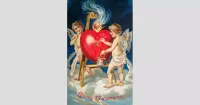
Valentine's Day observed annually on February th began as a...

News encompasses information about current events disseminated through various media...

Miami is a major coastal city located in Florida United...
Florida a state in the Southeastern United States is largely...
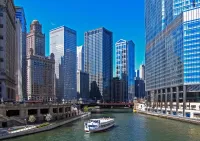
Chicago is the most populous city in Illinois and the...
Trending

7 days ago Karl-Anthony Towns Expresses Desire to Extend Stay with Knicks Amid Contract Stalls
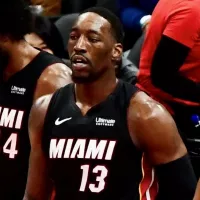
6 days ago Bam Adebayo Unhappy with Anthony Davis Trade Rumors, NBA Volatility Impacting Players

3 days ago Tottenham vs Brentford and Man City vs Sunderland: Premier League Football Action
7 months ago Galatasaray vs Kayserispor: Match Details, Championship Hopes, and Okan Buruk's Strategy

Mason Greenwood is an English professional footballer currently playing as a forward for Marseille in Ligue He rose through the...
4 months ago Eli Lilly's Obesity Pill Shows Promising Weight Loss Results in Phase 3 Trial
Popular
Matt and Ross Duffer known as the Duffer Brothers are...

Candace Owens is an American conservative political commentator and author...

Ilhan Omar is an American politician currently serving as the...

XXXTentacion born Jahseh Dwayne Ricardo Onfroy was a controversial yet...

Tom Cotton is an American politician and Army veteran currently...
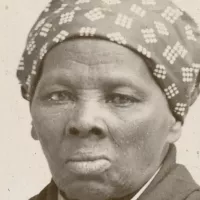
Harriet Tubman was a pivotal American abolitionist and social activist...
